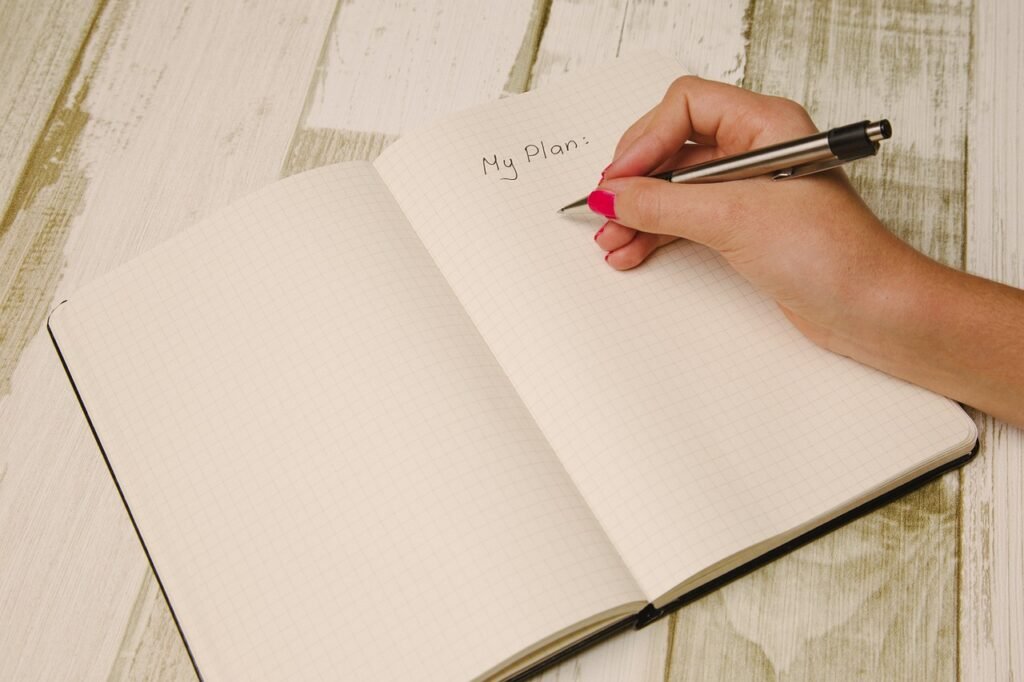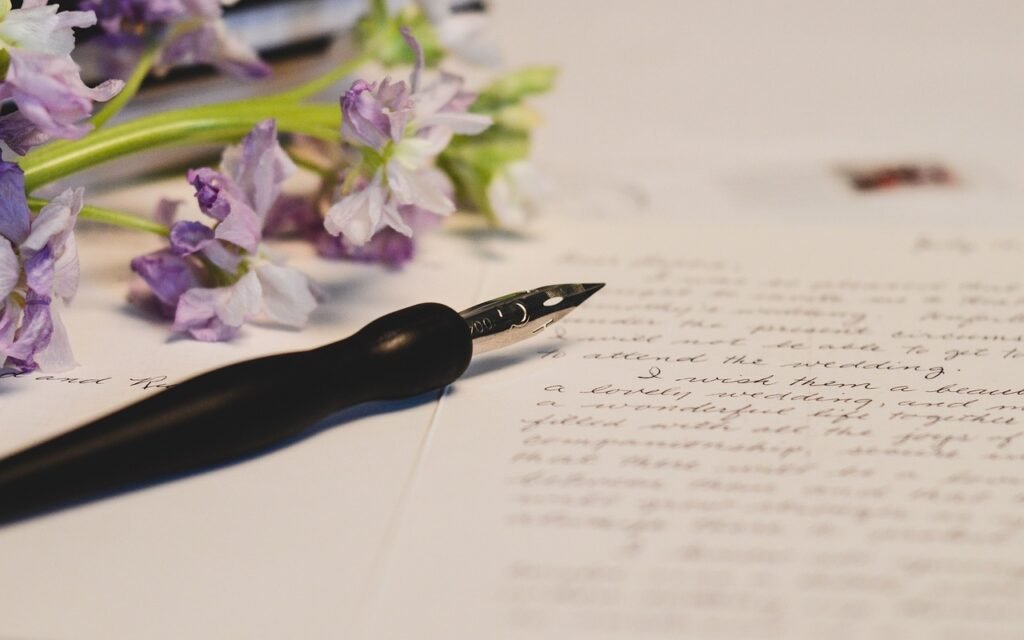
Journaling is a powerful tool that can not only help you record your experiences and thoughts, but also enhance your mental health. It is a versatile practice that can be tailored to your needs and lifestyle. This ultimate guide aims to delve into the different types of journaling, how they can benefit your health, and provide tips on how to incorporate this practice into your daily routine.
The Various Types of Journaling

Journaling is an adaptable process that morphs to fit your needs. There are numerous styles to choose from, each offering a unique approach to self-reflection and expression. Let’s explore some of the most prominent ones:
1. Traditional Journaling: This style is the most classic form of journaling. It’s about pouring your heart onto the paper, detailing your thoughts, experiences, and feelings in prose. This approach is therapeutic and offers a private space for self-exploration.
2. Bullet Journaling: Known as ‘BuJo,’ this style combines writing with to-do lists. It’s perfect for those who enjoy structure and organization. From daily tasks to long-term goals, it allows you to visually categorize your life and track your progress.
3. Art Journaling: If words aren’t your best friends, art journaling may be your perfect match. It encourages self-expression through doodles, paintings, collages, or sketches. It can serve as a form of art therapy, allowing emotions to flow freely onto the page.
4. Gratitude Journaling: This method focuses on acknowledging and appreciating the positive aspects of life. By writing down things you’re thankful for, it promotes positivity and well-being.
5. Dream Journaling: This approach encourages recording your dreams as soon as you wake up. It can aid in uncovering subconscious thoughts and understanding complex emotions.
6. Digital Journaling: For the tech-savvy, digital journaling could be an attractive option. It offers portability and convenience, allowing you to journal on the go using a device.
7. Photo Journaling: This unique style is about capturing daily moments through photographs. It allows you to visually record your experiences and feelings associated with them.
8. Reflective Journaling: Often used in personal development and education, this approach involves reflecting on specific events or thoughts and analyzing them critically.
These are just a few examples of the many forms journaling can take. Remember, the best kind of journaling is the one that suits you and serves your purpose. It’s your journey, so choose the path that resonates with you the most.
The Health Benefits of Journaling

There’s no doubt that journaling is more than just an outlet for self-expression; it’s a wellness practice with significant health benefits. Stress, a prevalent issue in today’s fast-paced world, can be effectively managed through the process of journaling. It allows you to unpack your thoughts, clearing mental clutter, and reducing anxiety. This calming practice can feel as therapeutic as a deep-breathing meditation session.
Greater self-awareness is another remarkable advantage of regular journaling. It aids in dissecting emotions, providing insight into your emotional state, and uncovering behavioral trends. This self-realization serves as a roadmap for personal growth and can greatly improve your decision-making abilities. It’s like having your personal therapist on paper, always ready to help you navigate your feelings.
What’s more surprising is that the health benefits of journaling extend beyond mental health. Research suggests that journaling on a consistent basis can enhance memory function, leading to better recall and cognitive performance. Now, who wouldn’t appreciate a sharper memory?
And there’s more. Are you struggling with sleepless nights? The act of journaling before bed can actually promote better sleep. Writing down your thoughts allows your mind to relax, freeing it from swirling thoughts that may keep you awake at night.
As if all of these benefits weren’t compelling enough, there’s evidence to suggest that regular journaling can even bolster your immune system. While the correlation might seem unlikely, studies indicate that expressive writing can stimulate immune cell activity, potentially enhancing your resistance to disease.
In a nutshell, journaling is a powerhouse of health benefits, from psychological well-being to cognitive enhancement, and even immunological resilience. It’s an invaluable tool to add to your wellness toolkit. So, why not give it a try?
Finding the Right Method for Journaling

Embarking on your journaling journey starts with choosing a method that aligns with your needs and goals. It’s like choosing a travel buddy for an epic adventure – you’ll want a companion who complements your personality and shares your objectives.
If you’re a novice in the world of journaling, the traditional form may be the perfect companion to help you dip your toes in the water. It’s simple, straightforward, and offers a therapeutic space to spill your thoughts and emotions on paper. Think of it as a close friend who’s always there to lend a sympathetic ear.
For those with an affinity for order and structure, bullet journaling can be a match made in heaven. This method, like a seasoned life coach, helps you break down your life into manageable chunks, allowing you to track your daily tasks and long-term aspirations with precision.
If you communicate better through colors and shapes than through words, art journaling can serve as your creative confidante. It invites you to vent your feelings and thoughts through doodles, sketches, or paintings. It’s like having an art therapist at your disposal.
Those who are tech-savvy might find digital journaling a convenient and appealing option. It’s akin to a tech guru, offering you the liberty to journal anytime, anywhere, using your favorite gadget.
Your journey is unique, and so should your journaling method be. Don’t hesitate to explore and experiment until you find the method that clicks with you. After all, journaling isn’t about rigid rules or formalities; it’s about discovering yourself and nurturing your mental well-being. Remember, it’s not about the destination, but the journey that matters!
Timing Your Journaling for Maximum Benefit

Just like the rhythm of a catchy song, timing plays a pivotal role in journaling. Your journaling routine should harmonize with your daily rhythms to unlock the maximum potential of this wellness practice. That said, there isn’t a one-size-fits-all solution when it comes to the ‘perfect’ time for journaling. In fact, the ideal time to journal may vary greatly depending on your lifestyle and personal preferences.
For some, the calmness of the early morning provides the perfect backdrop for introspective writing. Setting pen to paper while the world is still waking up can provide clarity and focus for the day ahead. It’s a way to brew your thoughts alongside your morning coffee, setting your intentions, and planning your day before it officially commences.
On the flip side, there are those nocturnal souls who find solace in the tranquility of the night. After the hustle and bustle of the day has simmered down, journaling can serve as a reflective nightcap. You might enjoy the opportunity to process the day’s happenings, release lingering thoughts, and unwind your mind before heading off to dreamland.
Regardless of whether you identify as an early bird or a night owl, the key to successful journaling is carving out a quiet, unhurried slot in your schedule. Be it in the wee hours of the morning or the dead of night, select a time that allows you to write undisturbed, where you can freely express your thoughts without the pressing demands of the ticking clock.
Additionally, it can be beneficial to tie your journaling habit to a specific part of your daily routine. This act of ‘habit stacking’—pairing a new habit with an existing one—can help cement your journaling practice into your day. For instance, you might journal while savoring your morning coffee or as part of your bedtime ritual.
Remember, the optimal time to journal is not inscribed in stone. It is fluid, changing as you navigate through different phases of life. As you embark on your journaling journey, remain open to exploring different timings until you discover that sweet spot where your thoughts flow effortlessly onto the page. After all, it’s about crafting a journaling routine that sings in tune with your unique rhythm.
What to Write in Your Journal

Facing a blank page can be as intimidating as climbing a mountain. But don’t worry, your journal is your safe haven, a space where judgement is absent and authenticity reigns. Whether it’s an intricate web of thoughts, a vivid recount of your day, a recap of your dreams, or your deepest aspirations and fears, it’s all fair game. Your journal is your playground where words become your swings, seesaws, and slides. However, if you’re still finding it difficult to kickstart your writing journey, fear not!
Writing prompts can be your compass, guiding your pen and sparking your creativity. Maybe you want to explore ‘What I would do if I had a magic wand’ or delve into ‘A conversation I wish I could have’. The possibilities are endless and the choices are all yours. So, go ahead and let your thoughts flow into a river of words, creating a waterfall on your journal’s pages.
Incorporating Journaling into Your Daily Routine

Making journaling a daily habit doesn’t have to feel like a chore, but rather a cherished part of your day that you eagerly anticipate. The key lies in starting small and building momentum gradually. Carve out a few minutes in your day, be it during your early morning solitude or your nighttime wind-down, to engage in this self-enriching practice.
Find your sanctuary, a tranquil nook where your thoughts can dance freely to the rhythm of your pen. It might be a sun-drenched corner in your living room, a cozy cafe around the block, or even a leafy spot in your local park. Anywhere that invites tranquility and cultivates creativity is perfect.
Consider keeping your journal within arm’s reach, ready to capture fleeting thoughts before they evaporate into thin air. Perhaps in your bedside drawer, your work desk, or in your bag, easily accessible when inspiration strikes. Remember, journaling isn’t just about scheduling a dedicated ‘writing time’; it’s also about seizing spontaneous moments of introspection throughout your day.
Over time, as you flex your journaling muscles, you’ll discover that this practice blossoms from a mere habit into a cherished ritual. You’ll find yourself looking forward to this sacred time where you can converse with your inner self, vent out your emotions, celebrate your victories, and map your dreams onto paper.
However, the journey to successful journaling isn’t about adhering to rigid rules or forcing a fit. It’s about fluidity, flexibility, and a whole lot of self-compassion. On some days, your thoughts might gush onto the pages, and on others, they might barely trickle. And that’s perfectly okay. What matters is your commitment to show up, your willingness to converse with yourself, and the courage to embrace authenticity.
So, give yourself permission to start, no matter how small the step. Embrace the ebb and flow of your journaling journey, and remember, it’s your unique story unfolding. Every word, every sentence, every page adds a vibrant stroke to your life’s canvas. Happy journaling!

Pingback: 2 – 4 -7: Continous and Lifelong Learning – SelfWealthBoost